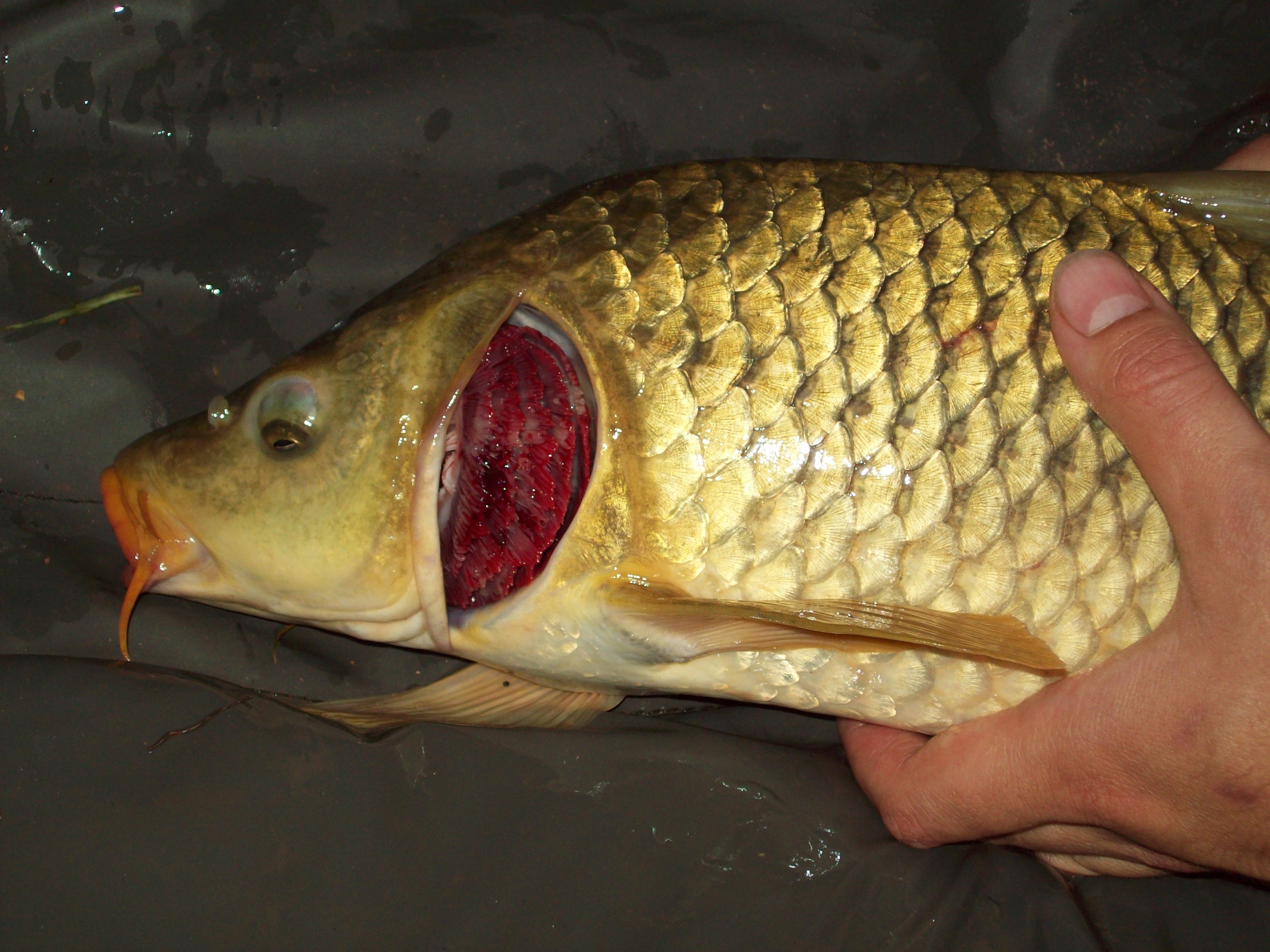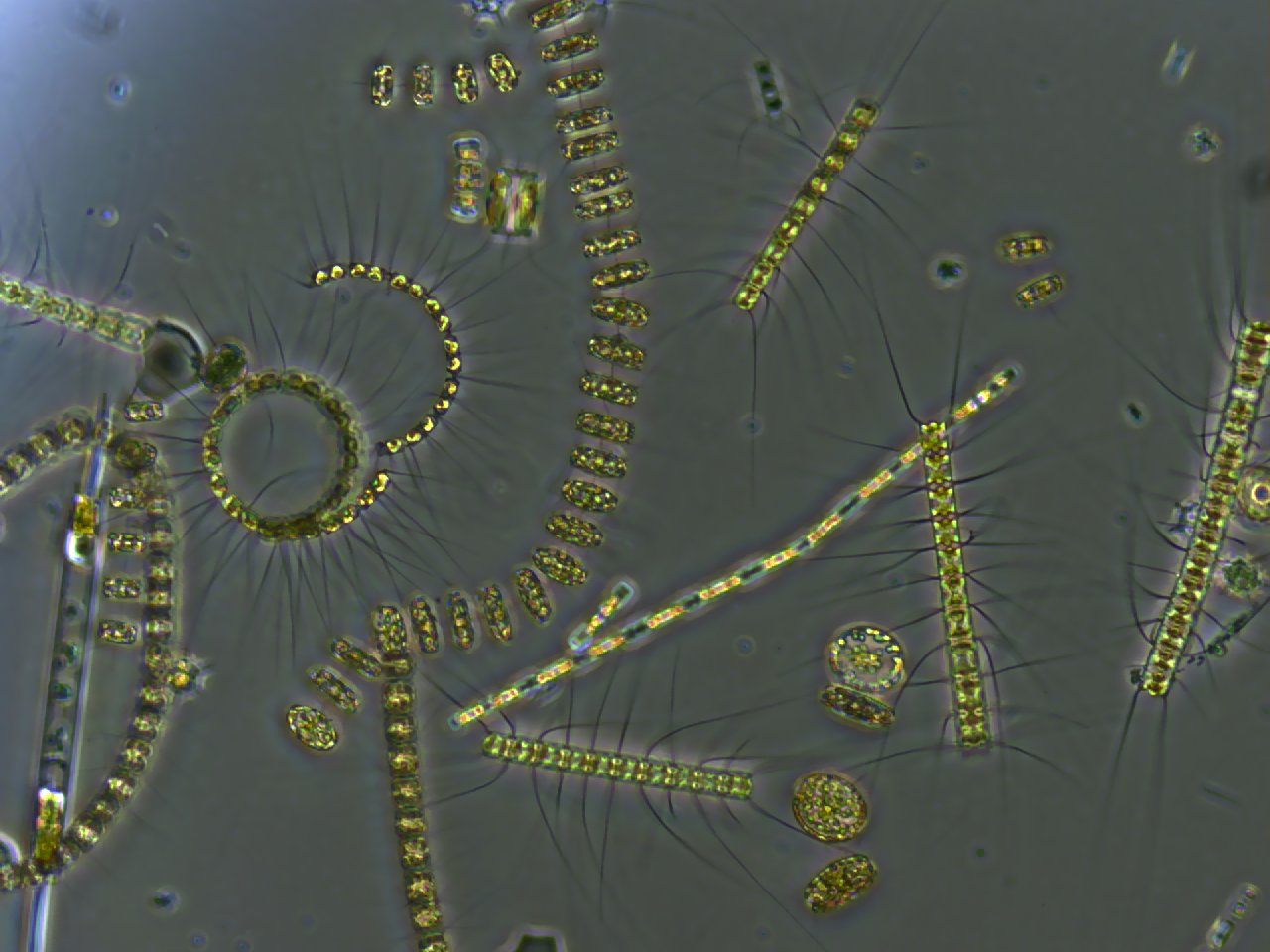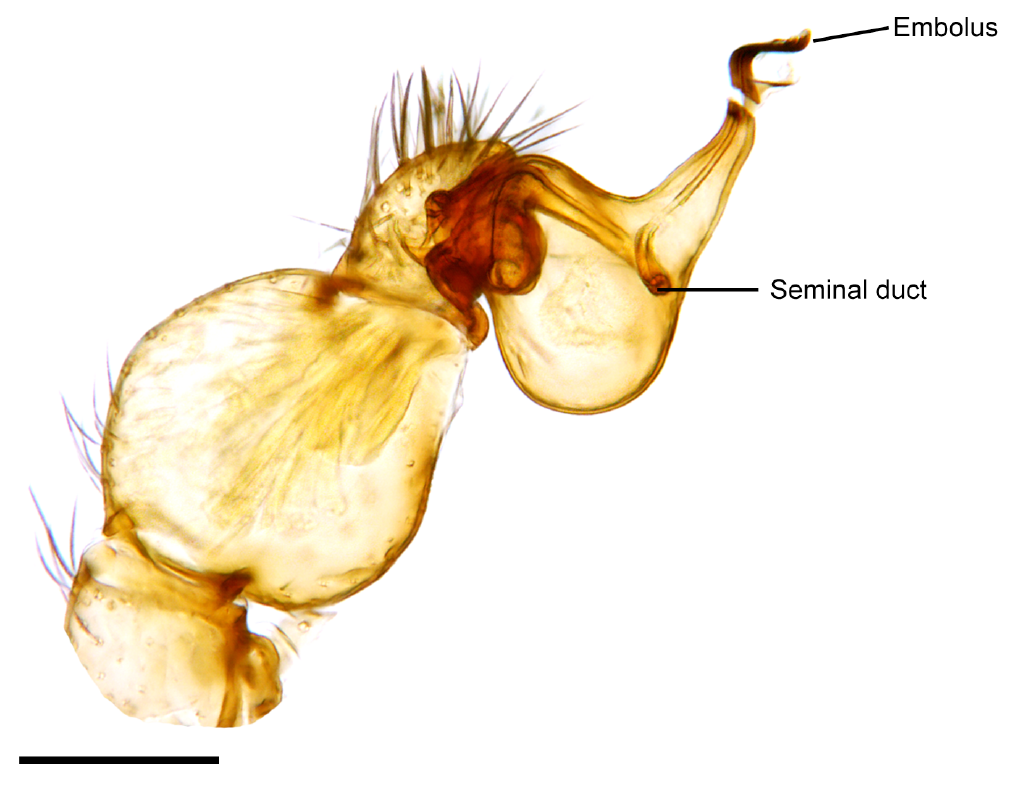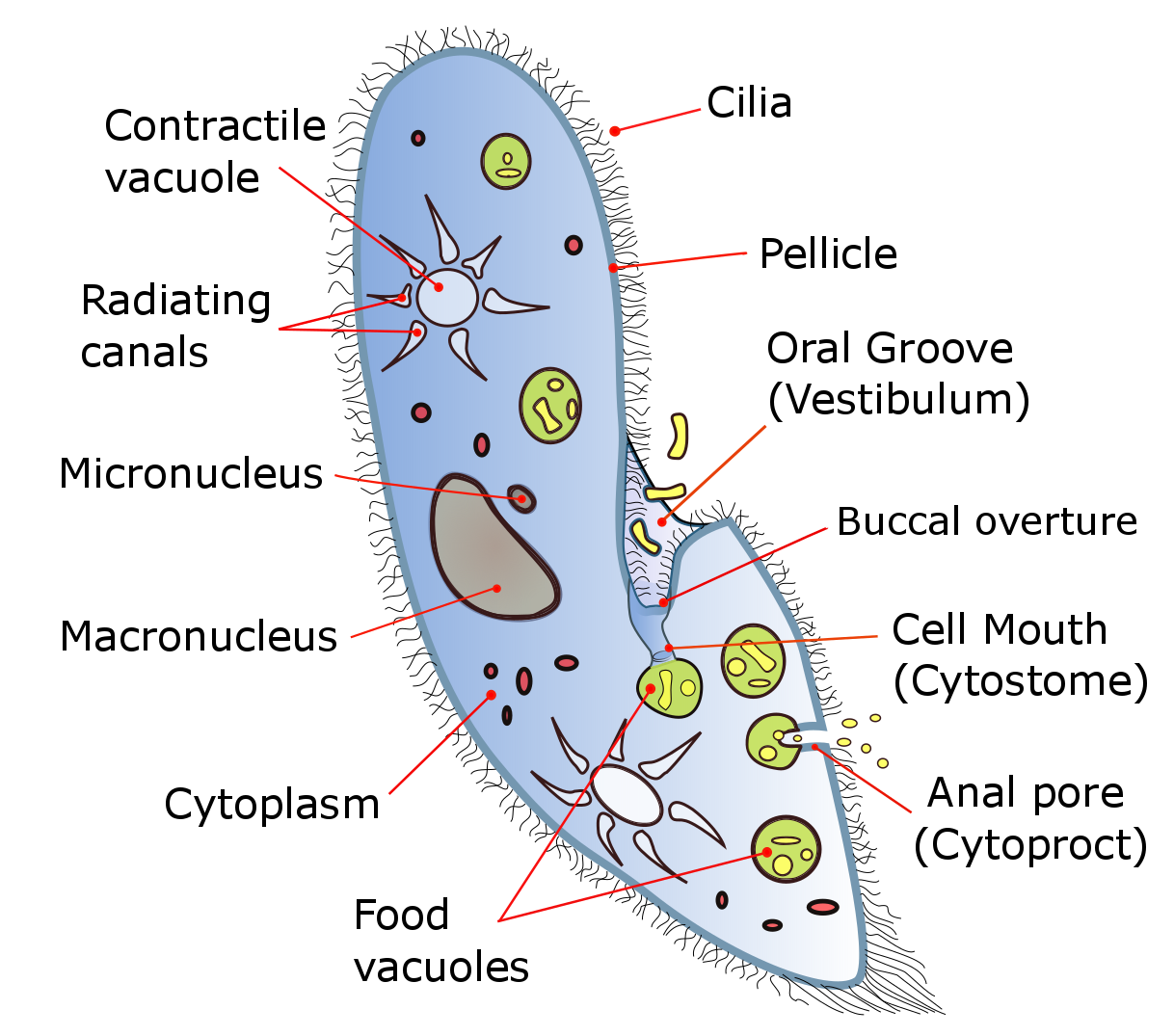|
Pseudofeces
Pseudofeces or pseudofaeces are a specialized method of expulsion that filter-feeding bivalve mollusks (and filter-feeding gastropod mollusks) use in order to get rid of suspended particles such as particles of grit which cannot be used as food, and which have been rejected by the animal. The rejected particles are wrapped in mucus, and are then expelled without having passed through the digestive tract.Shimek, Ronald L''Phytoplankton, A Necessity For Clams''/ref> Thus, although they may closely resemble the mollusk's real feces, they are not actually feces, hence the name pseudofeces, meaning false feces. Occurrence Bivalves which exhibit this behavior are numerous and include Ostreidae oysters (such as ''Crassostrea'') and Dreissenidae false mussels (such as ''Dreissena''). Gastropods which filter feed are in a minority, but include the mudsnail genus [...More Info...] [...Related Items...] OR: [Wikipedia] [Google] [Baidu] |
Oyster
Oyster is the common name for a number of different families of salt-water bivalve molluscs that live in marine or brackish habitats. In some species, the valves are highly calcified, and many are somewhat irregular in shape. Many, but not all oysters are in the superfamily Ostreoidea. Some types of oysters are commonly consumed (cooked or raw), and in some locales are regarded as a delicacy. Some types of pearl oysters are harvested for the pearl produced within the mantle. Windowpane oysters are harvested for their translucent shells, which are used to make various kinds of decorative objects. Etymology The word ''oyster'' comes from Old French , and first appeared in English during the 14th century. The French derived from the Latin , the feminine form of , which is the latinisation of the Ancient Greek () 'oyster'. Compare () 'bone'. Types True oysters True oysters are members of the family Ostreidae. This family includes the edible oysters, which mainly bel ... [...More Info...] [...Related Items...] OR: [Wikipedia] [Google] [Baidu] |
Filter Feeders
Filter feeders are a sub-group of suspension feeding animals that feed by straining suspended matter and food particles from water, typically by passing the water over a specialized filtering structure. Some animals that use this method of feeding are clams, krill, sponges, baleen whales, and many fish (including some sharks). Some birds, such as flamingos and certain species of duck, are also filter feeders. Filter feeders can play an important role in clarifying water, and are therefore considered ecosystem engineers. They are also important in bioaccumulation and, as a result, as indicator organisms. Fish Most forage fish are filter feeders. For example, the Atlantic menhaden, a type of herring, lives on plankton caught in midwater. Adult menhaden can filter up to four gallons of water a minute and play an important role in clarifying ocean water. They are also a natural check to the deadly red tide. Extensive article on the role of menhaden in the ecosystem and possible resu ... [...More Info...] [...Related Items...] OR: [Wikipedia] [Google] [Baidu] |
Siphon (mollusc)
A siphon is an anatomical structure which is part of the body of aquatic molluscs in three classes: Gastropoda, Bivalvia and Cephalopoda (members of these classes include saltwater and freshwater snails, clams, octopus, squid and relatives). Siphons in molluscs are tube-like structures in which water (or, more rarely, air) flows. The water flow is used for one or more purposes such as locomotion, feeding, respiration, and reproduction. The siphon is part of the mantle of the mollusc, and the water flow is directed to (or from) the mantle cavity. A single siphon occurs in some gastropods. In those bivalves which have siphons, the siphons are paired. In cephalopods, there is a single siphon or funnel which is known as a hyponome. In gastropods In some (but not all) sea snails, marine gastropod molluscs, the animal has an anterior extension of the mantle called a siphon, or inhalant siphon, through which water is drawn into the mantle cavity and over the gill for r ... [...More Info...] [...Related Items...] OR: [Wikipedia] [Google] [Baidu] |
Gill
A gill () is a respiratory organ that many aquatic organisms use to extract dissolved oxygen from water and to excrete carbon dioxide. The gills of some species, such as hermit crabs, have adapted to allow respiration on land provided they are kept moist. The microscopic structure of a gill presents a large surface area to the external environment. Branchia (pl. branchiae) is the zoologists' name for gills (from Ancient Greek ). With the exception of some aquatic insects, the filaments and lamellae (folds) contain blood or coelomic fluid, from which gases are exchanged through the thin walls. The blood carries oxygen to other parts of the body. Carbon dioxide passes from the blood through the thin gill tissue into the water. Gills or gill-like organs, located in different parts of the body, are found in various groups of aquatic animals, including mollusks, crustaceans, insects, fish, and amphibians. Semiterrestrial marine animals such as crabs and mudskippers have gill ch ... [...More Info...] [...Related Items...] OR: [Wikipedia] [Google] [Baidu] |
Phytoplankton
Phytoplankton () are the autotrophic (self-feeding) components of the plankton community and a key part of ocean and freshwater ecosystems. The name comes from the Greek words (), meaning 'plant', and (), meaning 'wanderer' or 'drifter'. Phytoplankton obtain their energy through photosynthesis, as do trees and other plants on land. This means phytoplankton must have light from the sun, so they live in the well-lit surface layers ( euphotic zone) of oceans and lakes. In comparison with terrestrial plants, phytoplankton are distributed over a larger surface area, are exposed to less seasonal variation and have markedly faster turnover rates than trees (days versus decades). As a result, phytoplankton respond rapidly on a global scale to climate variations. Phytoplankton form the base of marine and freshwater food webs and are key players in the global carbon cycle. They account for about half of global photosynthetic activity and at least half of the oxygen production, despi ... [...More Info...] [...Related Items...] OR: [Wikipedia] [Google] [Baidu] |
Detritus
In biology, detritus () is dead particulate organic material, as distinguished from dissolved organic material. Detritus typically includes the bodies or fragments of bodies of dead organisms, and fecal material. Detritus typically hosts communities of microorganisms that colonize and decompose (i.e. remineralize) it. In terrestrial ecosystems it is present as leaf litter and other organic matter that is intermixed with soil, which is denominated "soil organic matter". The detritus of aquatic ecosystems is organic material that is suspended in the water and accumulates in depositions on the floor of the body of water; when this floor is a seabed, such a deposition is denominated " marine snow". Theory The corpses of dead plants or animals, material derived from animal tissues (e.g. molted skin), and fecal matter gradually lose their form due to physical processes and the action of decomposers, including grazers, bacteria, and fungi. Decomposition, the process by whi ... [...More Info...] [...Related Items...] OR: [Wikipedia] [Google] [Baidu] |
Pedipalp
Pedipalps (commonly shortened to palps or palpi) are the second pair of appendages of chelicerates – a group of arthropods including spiders, scorpions, horseshoe crabs, and sea spiders. The pedipalps are lateral to the chelicerae ("jaws") and anterior to the first pair of walking legs. Overview Pedipalps are composed of six segments or articles: the coxa, the trochanter, the femur, the short patella, the tibia, and the tarsus. In spiders, the coxae frequently have extensions called maxillae or gnathobases, which function as mouth parts with or without some contribution from the coxae of the anterior legs. The limbs themselves may be simple tactile organs outwardly resembling the legs, as in spiders, or chelate weapons ( pincers) of great size, as in scorpions. The pedipalps of Solifugae are covered in setae, but have not been studied in detail. Comparative studies of pedipalpal morphology may suggest that leg-like pedipalps are primitive in arachnids. At present, t ... [...More Info...] [...Related Items...] OR: [Wikipedia] [Google] [Baidu] |
Proboscis
A proboscis () is an elongated appendage from the head of an animal, either a vertebrate or an invertebrate. In invertebrates, the term usually refers to tubular mouthparts used for feeding and sucking. In vertebrates, a proboscis is an elongated nose or snout. Etymology First attested in English in 1609 from Latin , the latinisation of the Ancient Greek (), which comes from () 'forth, forward, before' + (), 'to feed, to nourish'. The plural as derived from the Greek is , but in English the plural form ''proboscises'' occurs frequently. Invertebrates The most common usage is to refer to the tubular feeding and sucking organ of certain invertebrates such as insects (e.g., moths, butterflies, and mosquitoes), worms (including Acanthocephala, proboscis worms) and gastropod molluscs. Acanthocephala The Acanthocephala or thorny-headed worms, or spiny-headed worms are characterized by the presence of an eversible proboscis, armed with spines, which it uses to pierce an ... [...More Info...] [...Related Items...] OR: [Wikipedia] [Google] [Baidu] |
Ciliate
The ciliates are a group of alveolates characterized by the presence of hair-like organelles called cilia, which are identical in structure to eukaryotic flagella, but are in general shorter and present in much larger numbers, with a different undulating pattern than flagella. Cilia occur in all members of the group (although the peculiar Suctoria only have them for part of their life cycle) and are variously used in swimming, crawling, attachment, feeding, and sensation. Ciliates are an important group of protists, common almost anywhere there is water—in lakes, ponds, oceans, rivers, and soils. About 4,500 unique free-living species have been described, and the potential number of extant species is estimated at 27,000–40,000. Included in this number are many ectosymbiotic and endosymbiotic species, as well as some obligate and opportunistic parasites. Ciliate species range in size from as little as 10 µm in some colpodeans to as much as 4 mm in length in s ... [...More Info...] [...Related Items...] OR: [Wikipedia] [Google] [Baidu] |
Particle (ecology)
In marine and freshwater ecology, a particle is a small object. Particles can remain in suspension in the ocean or freshwater. However, they eventually settle (rate determined by Stokes' law) and accumulate as sediment. Some can enter the atmosphere through wave action where they can act as cloud condensation nuclei (CCN). Many organisms filter particles out of the water with unique filtration mechanisms (filter feeders). Particles are often associated with high loads of toxins which attach to the surface. As these toxins are passed up the food chain they accumulate in fatty tissue and become increasingly concentrated in predators (see bioaccumulation). Very little is known about the dynamics of particles, especially when they are re-suspended by dredging. They can remain floating in the water and drift over long distances. The decomposition of some particles by bacteria consumes much oxygen and can cause the water to become hypoxic. Particle analysis Particle levels in water (or ... [...More Info...] [...Related Items...] OR: [Wikipedia] [Google] [Baidu] |
Anatomical Terms Of Motion
Motion, the process of movement, is described using specific anatomical terms. Motion includes movement of organs, joints, limbs, and specific sections of the body. The terminology used describes this motion according to its direction relative to the anatomical position of the body parts involved. Anatomists and others use a unified set of terms to describe most of the movements, although other, more specialized terms are necessary for describing unique movements such as those of the hands, feet, and eyes. In general, motion is classified according to the anatomical plane it occurs in. ''Flexion'' and ''extension'' are examples of ''angular'' motions, in which two axes of a joint are brought closer together or moved further apart. ''Rotational'' motion may occur at other joints, for example the shoulder, and are described as ''internal'' or ''external''. Other terms, such as ''elevation'' and ''depression'', describe movement above or below the horizontal plane. Many ana ... [...More Info...] [...Related Items...] OR: [Wikipedia] [Google] [Baidu] |








_2.jpg)

